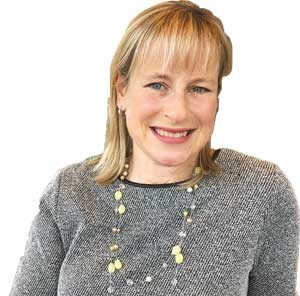
If you were a parent or student in the Toronto District School Board (TDSB) in 2016-2017, you may recall having completed the Student and Parent Census during the course of that school year. All in all, over 220,000 parents and students participated in that survey.
You may sometimes wonder whether such surveys ever amount to anything. From my experience so far, I can assure you that with respect to this census, the results are indeed informing programming and operations decisions both at the board and within our local schools.
Last May, all school principals received a report on the census data specific to their school populations. School trustees have also recently been sent copies of all school census reports in their wards. By now, all Leaside-area school principals have had a chance to go over their reports in detail with staff (such as members of their admin team, a superintendent, or a group of teachers), to evaluate and identify areas of strength and weakness within their schools.
The data related to Leaside schools are fairly consistent with findings from across the TDSB. Children are generally happy at school, and feel safe and welcomed in their school buildings. However, as they get older, this positive outlook begins to decline, with high school students reporting that although they feel supported academically at school, they don’t always have a trusted adult they can talk to in the building, especially about non-academic concerns. Of particular relevance to Leaside schools, the data reveal that students from higher income families are more likely to feel anxious and stressed about school marks and their futures. As they get older, students report spending less time in organized sports and more time on their technological devices, often on social media or playing video games late into the night – habits which interfere with proper sleep. Teen struggles with respect to positive mental health and well-being, though present across the board, were found to be more common in areas of the city such as Leaside.
The census data, together with other metrics like EQAO results and literacy metrics, help to illuminate the areas staff should focus on within their particular schools. Staff can then translate this information into action points in their “School Improvement Plan” (or SIP, as it is commonly referred to within the TDSB), a document which outlines a school’s unique education plan — a kind of roadmap for improving student performance. The SIP outlines the goals, timelines and ways achievement will be measured. It is also a document that is fluid and open to change as the school year progresses. Mental health and well-being tend to feature prominently on most of our local school SIPs. In fact, you may already have heard about many of the initiatives in local schools related to this action point — such as mindfulness, wellness days, and clubs and events focusing on inclusivity.
Through my community outreach, I will do my best to make mental health and well-being a key topic of discussion.
While my next forum, on March 7th at Hodgson School at 7 p.m., will focus on the TDSB budget, I will also be co-hosting an evening of learning about mental health and eating disorders on March 28th at Cosburn Middle School. I hope to see many of you at my March events.


